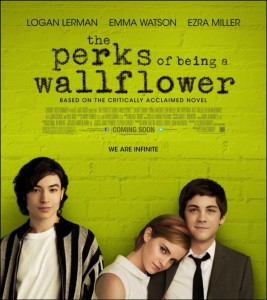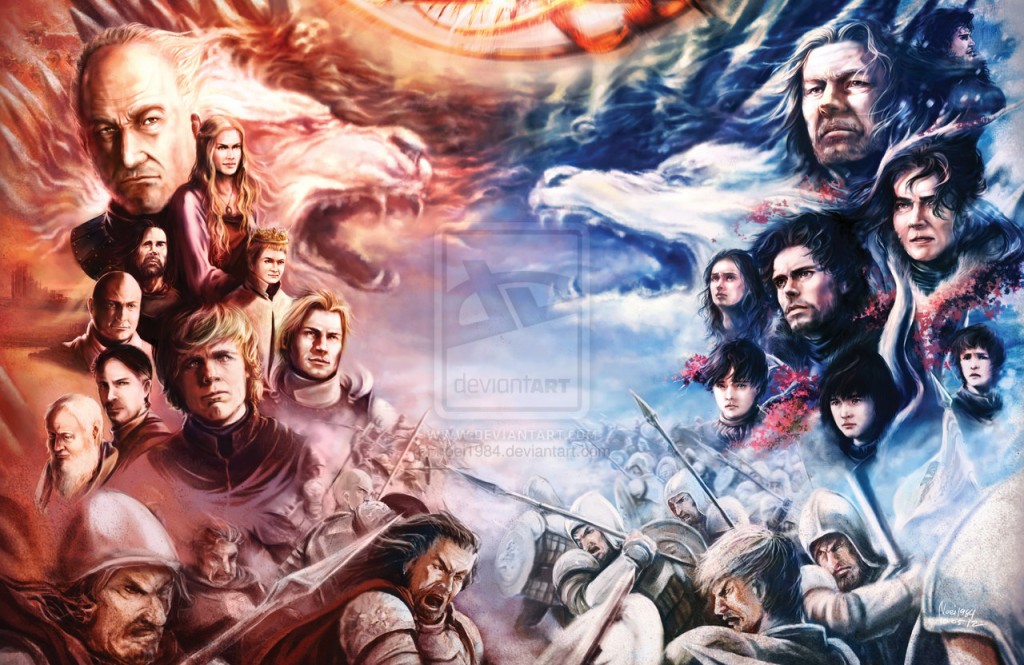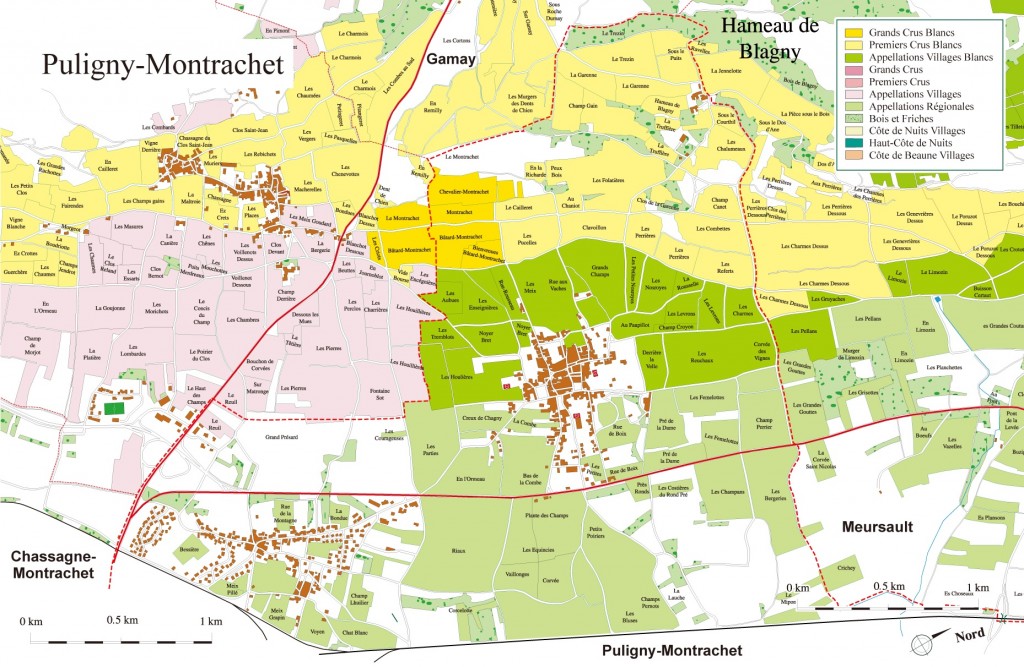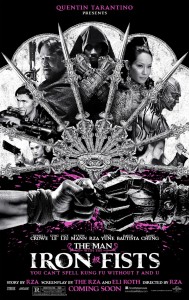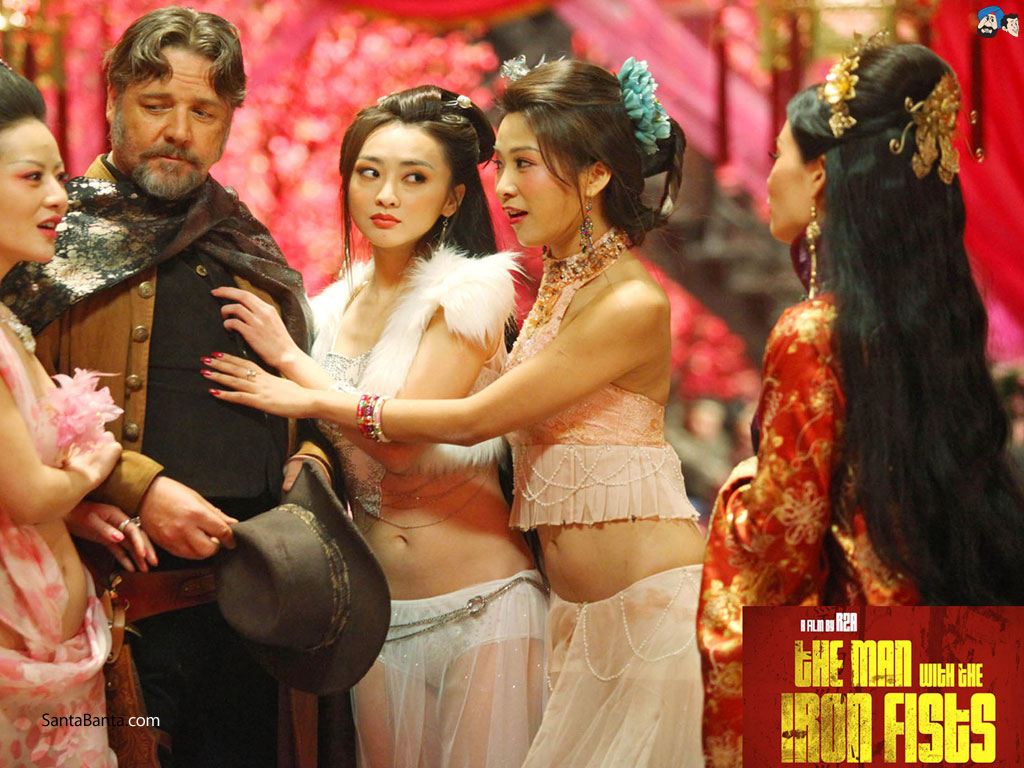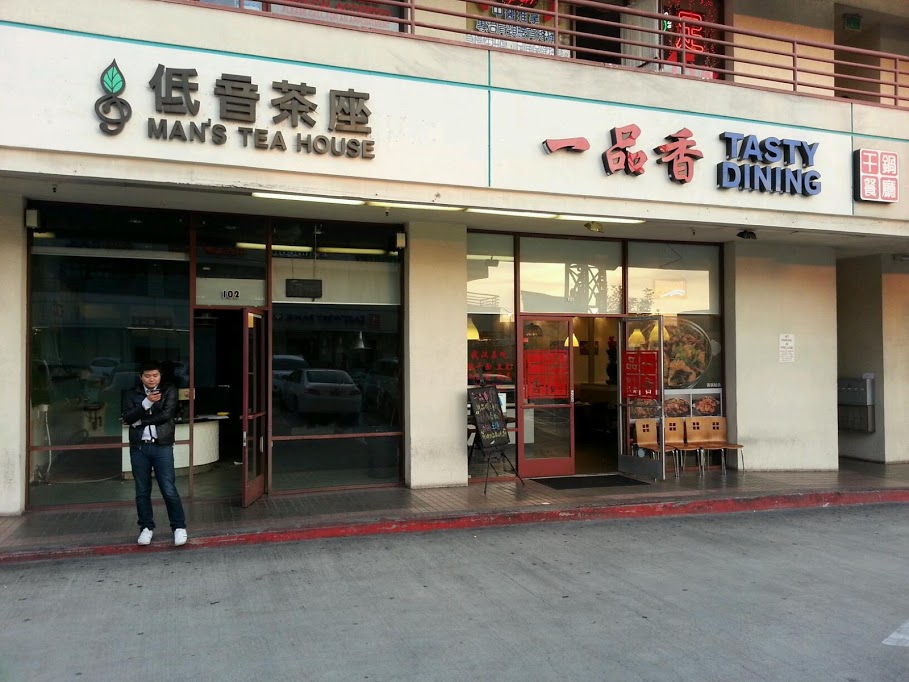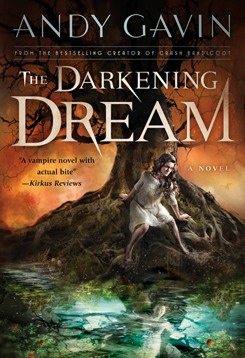This awesome Trailer for Untimed was made for me by The Other House, a LA based firm specializing in book trailers. They’re one of the few houses with consistently classy output. I went with an animation style because I’m bothered by live action or straight up photography (in a book context). Maybe it’s because I grew up in the 70s and 80s when only cheesy Tie-In novels had photos on the cover, who knows?
In any case, I also had to keep my trailer short (mostly for budget reasons) and so it was also an interesting exercise to squeeze the basic concept into about 15 seconds of storytelling.
Let me know how we did! And make sure to watch it in 720p!













